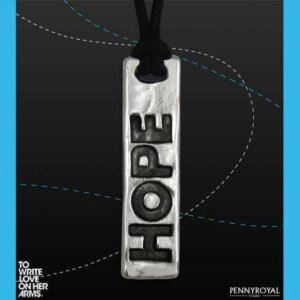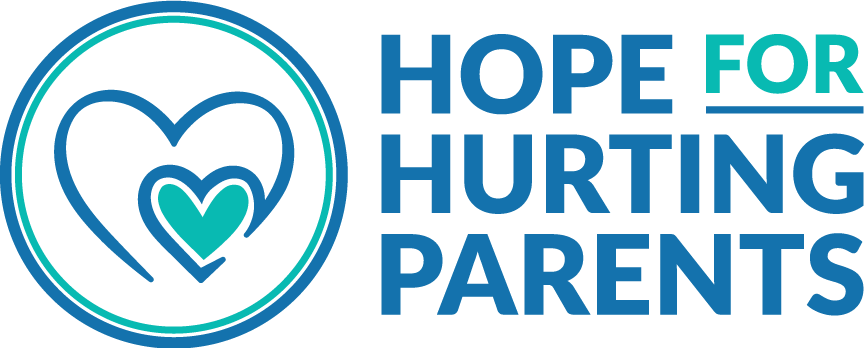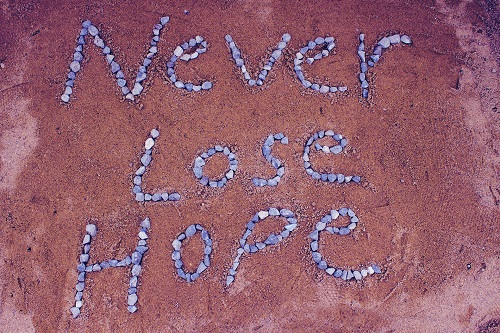I’ll never forget the day I discovered my daughter was suicidal.
Paralyzed, in shock, and overwhelmed with fear, I was at a loss to know what to do. I didn’t think there was anything I could do other than keeping a constant vigil. Have you been in my place or are you there now? Maybe it’s not your child. It might be another family member or friend you’re worried about. I thought there was nothing I could do that would make any difference.
 But I’ve learned that’s not true.
But I’ve learned that’s not true.
There IS something we can do.
It’s not that hard and it could give them new hope.
It could save their life.
This part of a series about suicide and a simple, easy-to-learn three-part process designed to help prevent death by suicide.
The process is QPR: Question, Persuade, Refer.
Developed by Dr. Paul Quinnett, you can read more about it here: qprinstitute.com
Today I’m addressing the third step, Refer. When you suspect your child is suicidal, put together a list of resources.
Write down the help available in your area: counselors/mental health providers, behavioral hospitals, the nearest hospital that accepts suicidal patients, a suicide hotline number, etc. If you’re not sure how ti find these, then call 211. They will help you find social service resources in your community.
Being prepared can give you more peace of mind. It provides a track to run on if and when you need it. You’ll know who you’re going to call, or where you’re going to take your loved one before the need arises. This makes a huge difference in a crisis when you can’t think clearly.
Dr. Quinnett says there are three general guidelines to follow when you refer someone for help:
– The best referral is when you personally take the person you’re worried about to a mental health provider or other professional.
– The next best referral is when the person agrees to see a professional and you know they actually went to the appointment.
– The third best referral is getting the person to agree to accept help, even if it’s in the future.
The QPR institute reports that most people who agree to get help usually keep their word and do it, however, due to shame and stigma, some won’t. That’s why it’s strongly recommended to physically take your son or daughter to someone who can help them.
Some suicidal individuals want to talk to their own pastor/clergy or counselor – someone they know, rather than a stranger. You could offer to go with them.
Save this number: National Suicide Prevention Lifeline 1-800-273-TALK (8255). They take calls any time of the day or night, 365 days of the year. Give the number to your child, too. Be sure they know it’s a 24/7 number, including holidays.
It takes a lot of courage to use QPR. According to Quinnett, we need three things to be brave enough to use it.
1) Don’t worry about being disloyal.
2) Don’t worry about breaking a trust.
3) Don’t worry about not having sufficient information to call for help.
You’re trying to save your child’s life. At this point, these things don’t matter.
When in doubt, take action. Don’t wait! Do something! If you aren’t sure, call the Suicide Lifeline number yourself and talk to a volunteer for guidance. It’s better for your child to be mad at you and be alive, right? You don’t want to have any regrets.
Do something! If you aren’t sure, call the Suicide Lifeline number yourself and talk to a volunteer for guidance. It’s better for your child to be mad at you and be alive, right? You don’t want to have any regrets.
One day they might thank you.
Immediately after using the 3 steps of QPR – Question, Persuade, Refer – it’s recommended you broaden the safety net for your child.
Ask them,“Who else would you like to know that you’re feeling this bad?”
They may name a family member or friend. Ask for permission to call and let them know. Pull together a team of people who care about your child who will help build safety around them.
They should check on them regularly. My daughter, Renee, says a great question is, “How is your heart?” instead of “How are you feeling?” Stay alert for warning signs (outlined in the first post of this series). This could be done by a classmate, co-worker or roommate – someone who sees them on a regular basis.
Your child needs to know you care, you’ll always be there for them, and you have hope for their future.
Isn’t that what we all need in our dark times?
Hope is the key that can reduce the risk of suicide.
My hope – and my daughter’s – comes from God. Where does yours come from?
Father of Life, we look to You as we surrender our child. Their lives are in Your hands. Please give them hope – and us, too. Neither of us can go on with out it. Amen.
This Bible verse is hope-giving for me:
“Be my rock of refuge to which I can always go . . . for you have been my hope, O Sovereign Lord…” (Psalm 71:3,5 NIV)
**Has this series been helpful? Have you ever used QPR? How did it go? We’d love to hear from you!


Thank you for these informative posts on suicide. Your book and resources you offer have helped keep us afloat…
Thank you, Andy. I’m so glad you found them informative and helpful. I’m so sorry you’re going through a hard time. Stay close to God. He’s your Life Preserver in times of trouble!
“The Lord gives strength to his people; the Lord blesses his people with peace” (Ps. 29:11).
Warmly in Christ, Dena.